Every summer, South Africa comes alive with colour and movement as thousands of feathered visitors arrive from across the world. From falcons flying in from Asia to swallows skimming the fields, these travellers are a special part of our birding season. Here’s everything you need to know about South Africa’s summer migratory birds, and how to enjoy their arrival.
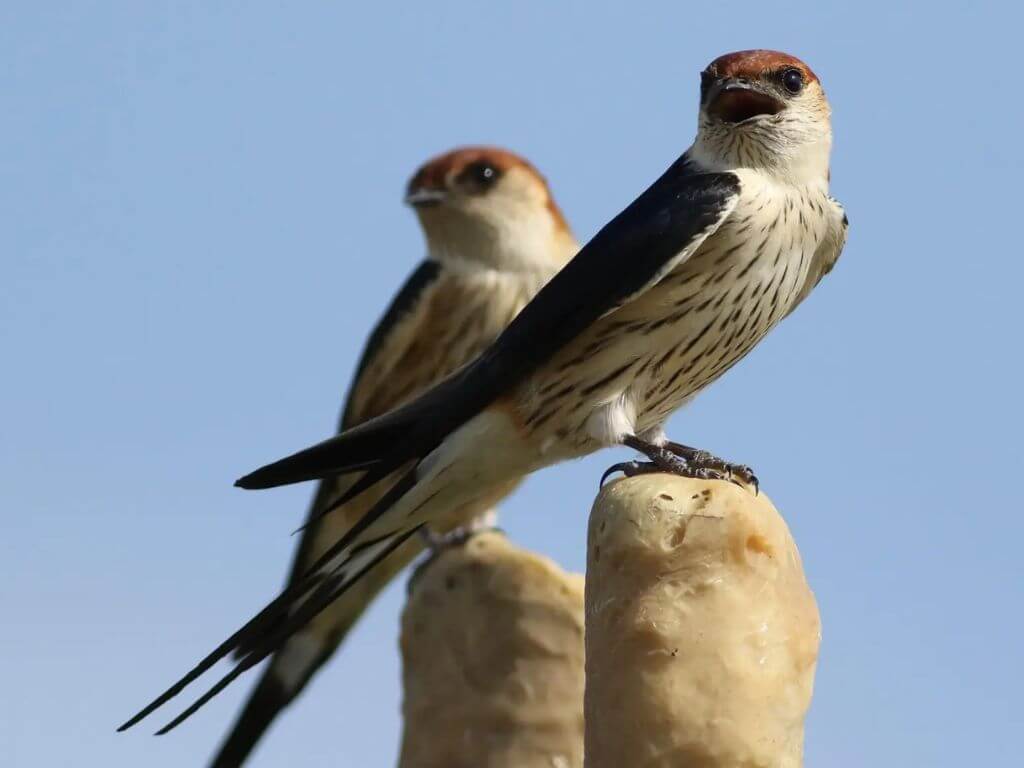
What is bird migration and why it happens
Bird migration is the seasonal movement of birds between breeding and feeding grounds. Most of South Africa’s summer migratory birds travel thousands of kilometres to escape cold northern winters, following food sources like insects, nectar, or fish. Once our summer rains arrive and the landscapes turn green, they have everything they need to refuel and breed before flying back north.
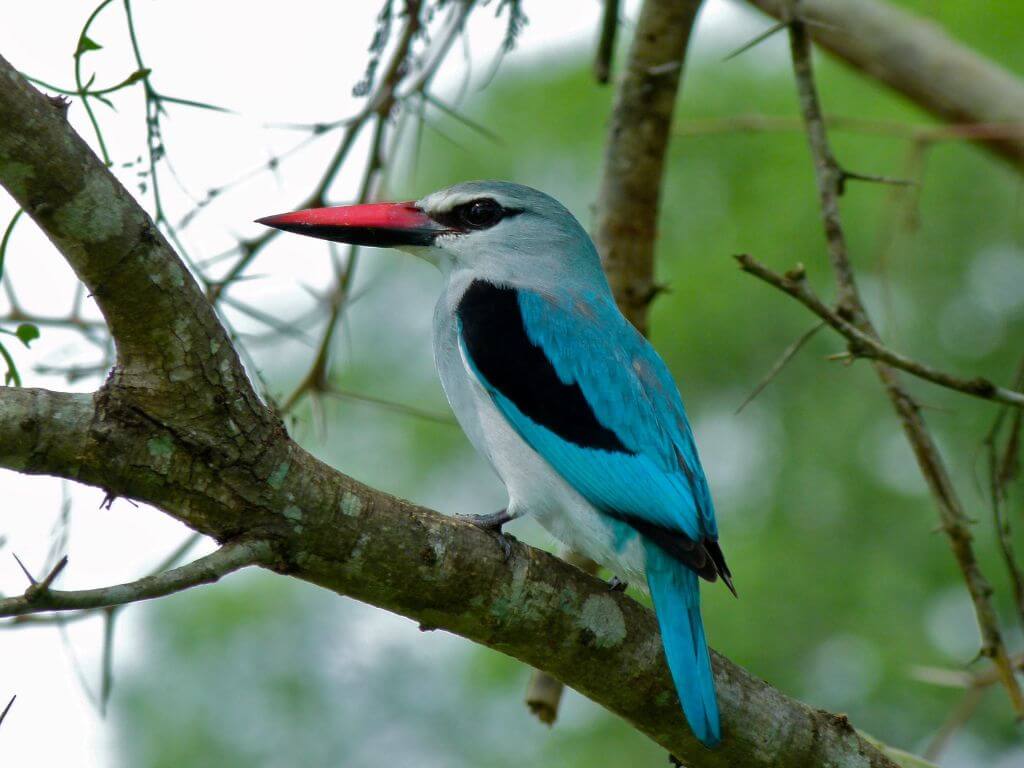
When migratory birds arrive in South Africa
The first summer migrants start appearing from September, with peak arrival through October and November. Many stay until March or April, making the most of our warm, insect-filled months. If you notice more bird calls, flashes of colour, or aerial acrobatics, chances are the migrants are back.
Key summer migratory birds to spot
South Africa’s summer skies are filled with movement and song as flocks of colourful visitors return from distant parts of the world. Keep an eye out for these seasonal migrants and learn where, when, and how to spot them.
- Amur Falcon – Small grey falcons with orange legs and beaks, travelling over 14,000 km from Asia. They arrive in late October, gathering in large flocks over grasslands and open farmland, especially in the Highveld and KwaZulu-Natal. Watch for them swooping low at dusk as they hunt insects mid-air.
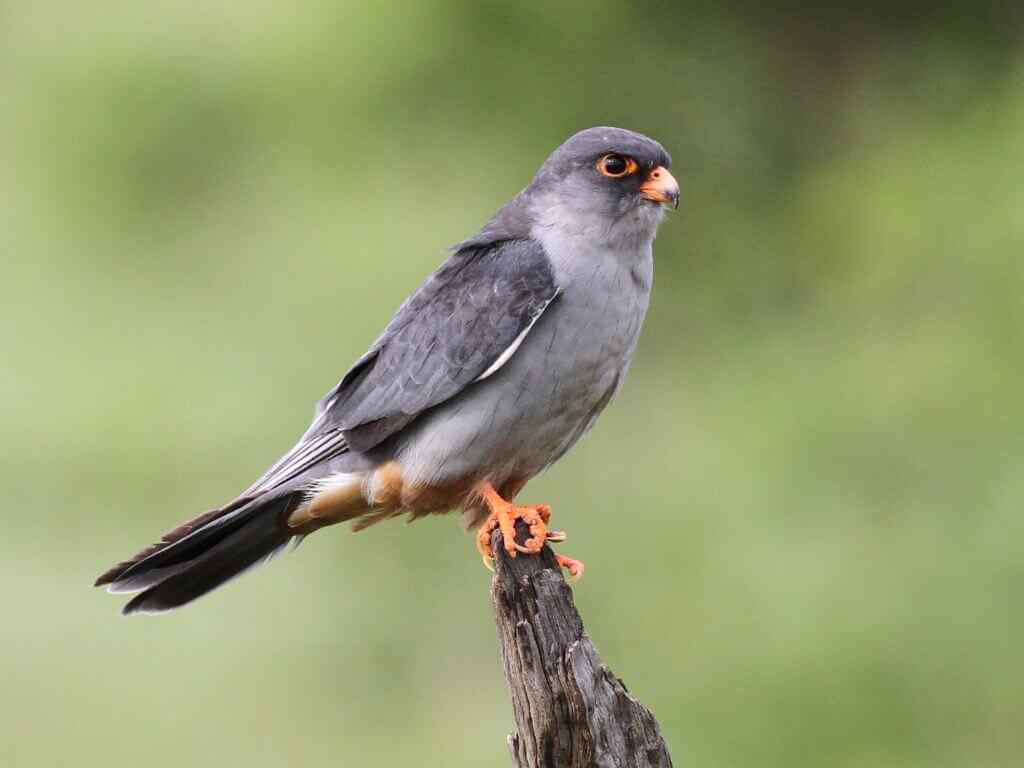
Barn Swallow – Sleek, blue-backed birds with chestnut throats and long forked tails, returning from Europe around September. Often seen gliding over wetlands, fields, and suburban parks, catching insects on the wing. They usually return to the same nesting sites every year.
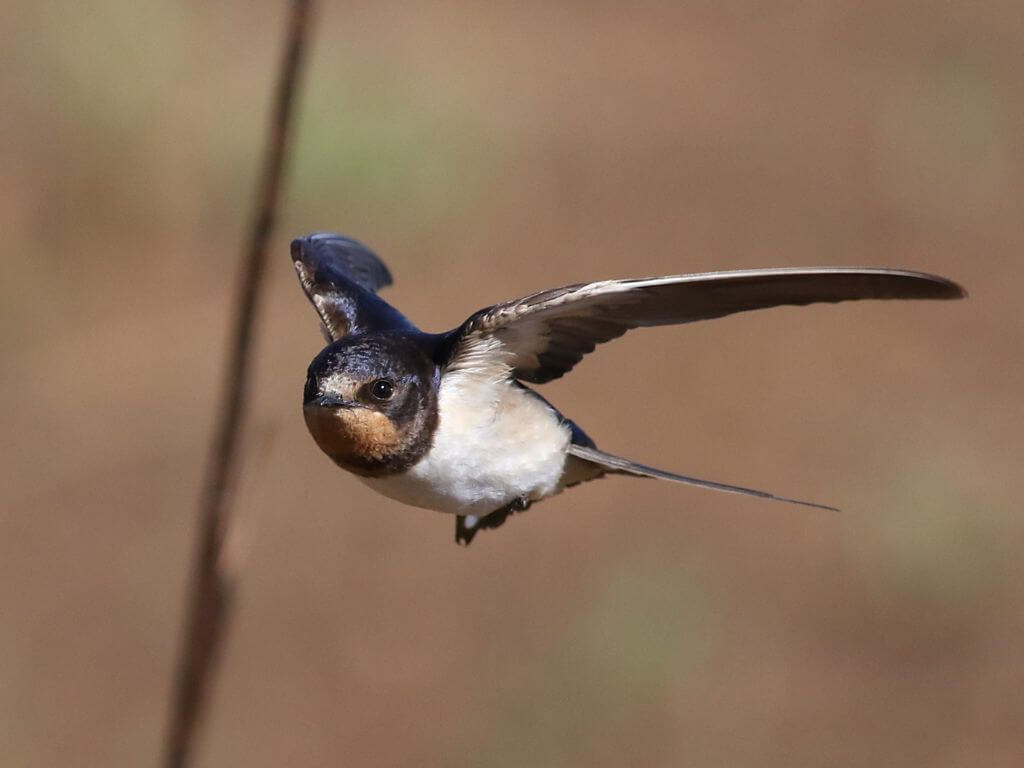
European Bee-eater – Bright turquoise, gold, and chestnut birds arriving in October. Look for them along riverbanks and open fields, performing agile aerial dives as they catch bees and wasps, removing the stings before eating them.
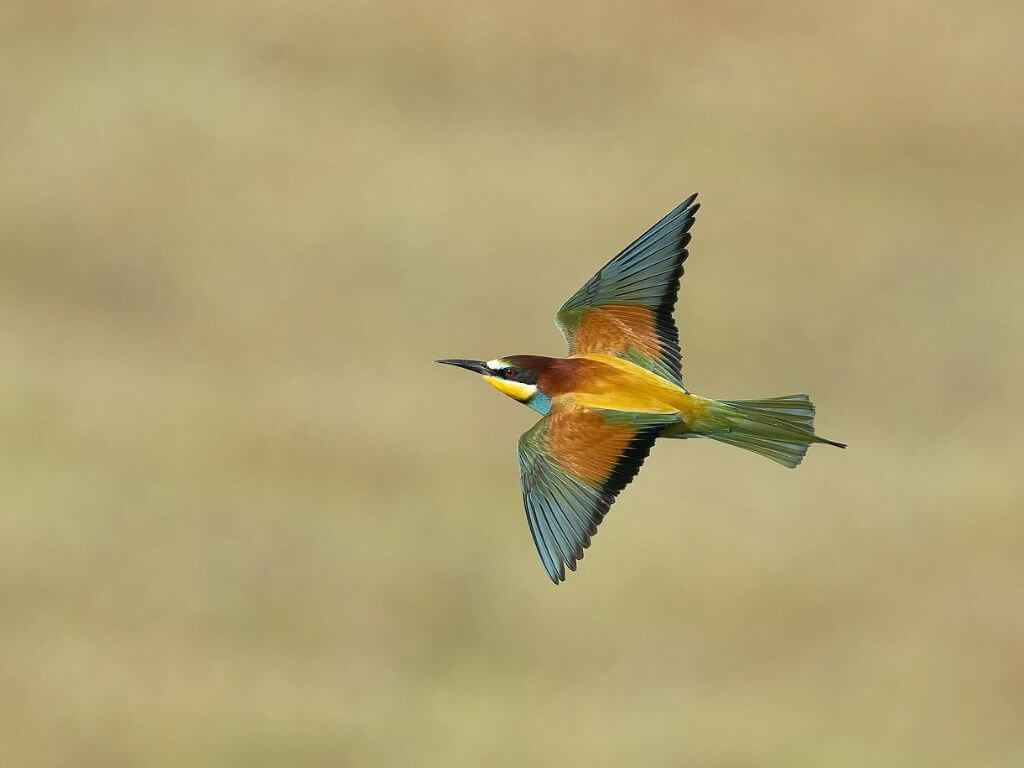
Willow Warbler – Tiny olive-green migrants that flit through gardens, woodlands, and riversides from September to April. Constantly on the move, they’re easy to recognise by their gentle “hoo-ee” call and restless feeding behaviour.
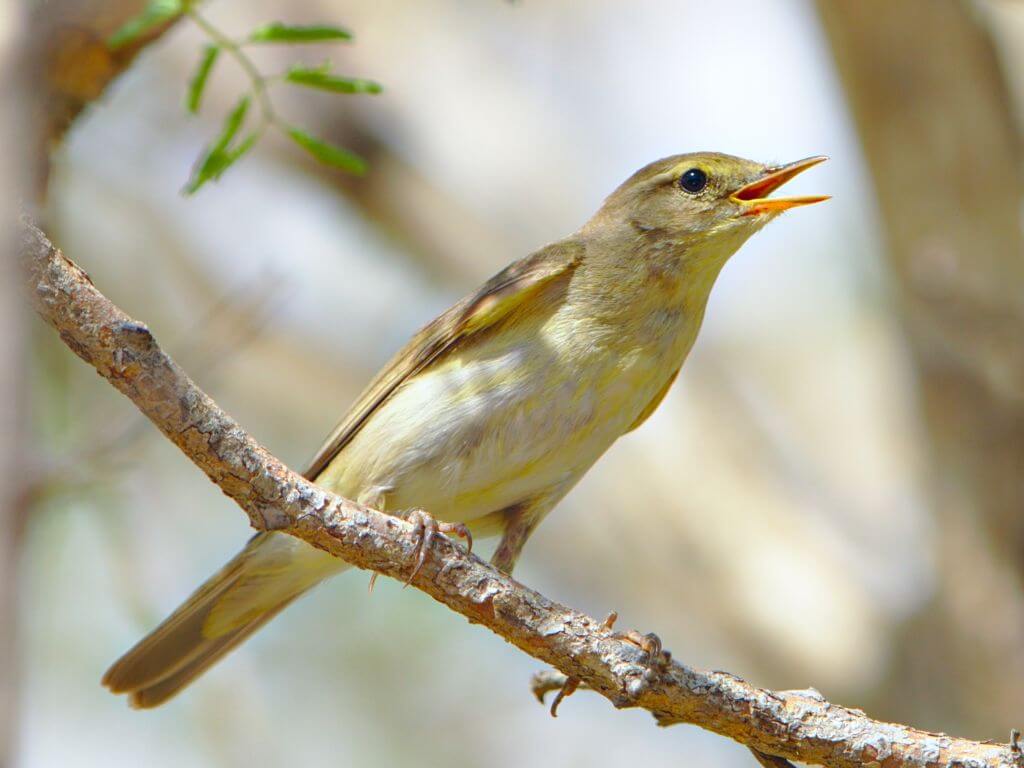
White Stork – Tall, white birds with long red legs and black wingtips, arriving in November from Eastern Europe. They can be found in farmlands and wetlands, feeding on frogs and insects after the rains.
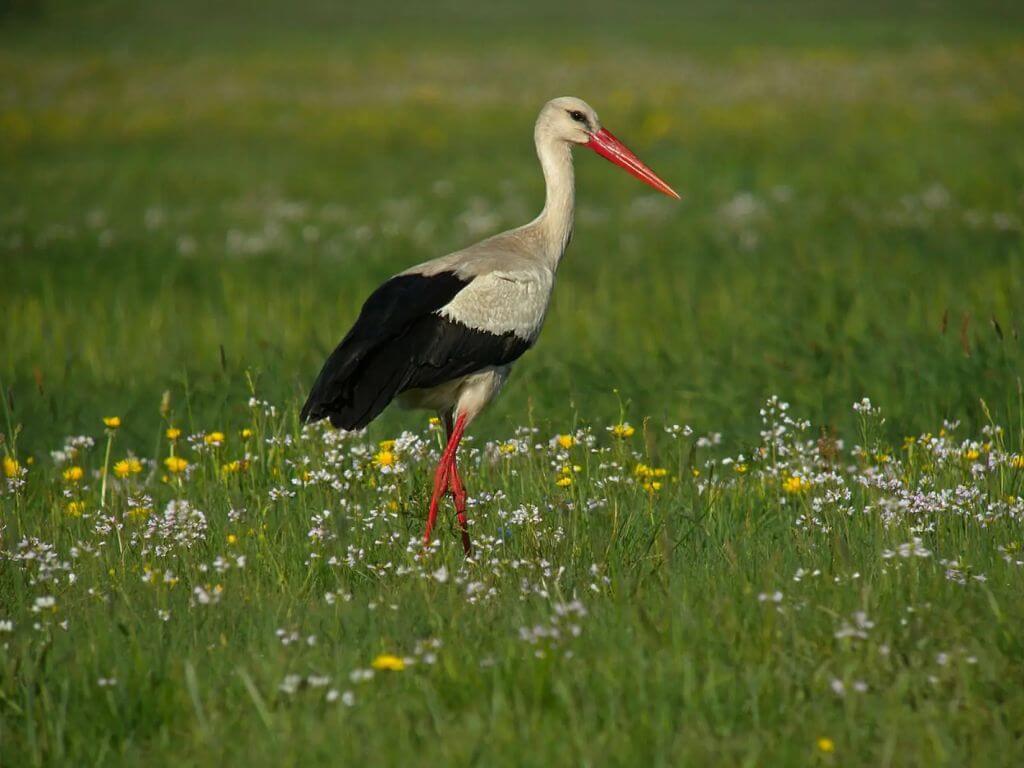
Red-backed Shrike – Distinctive small birds with a grey head and reddish back (males), perching on fences and shrubs from October to March. Known as “butcher birds,” they store prey on thorns, a clever feeding trick for later.
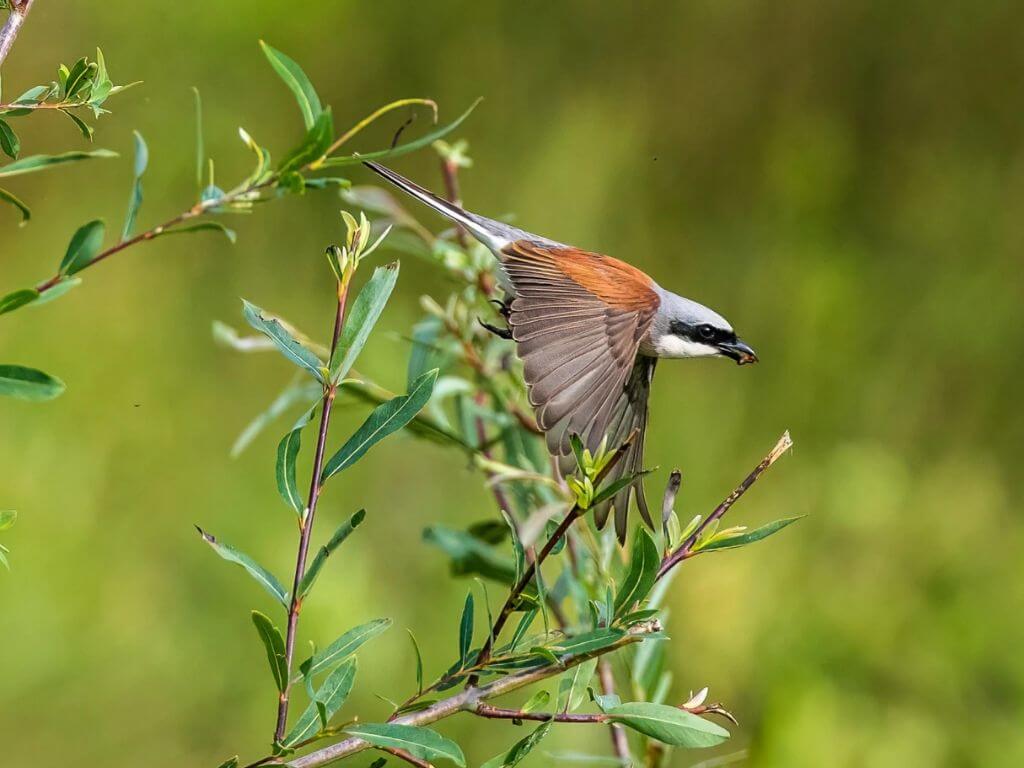
Yellow-billed Kite – One of the first summer migrants to return, seen from August onwards. They’re brown raptors with bright yellow beaks and forked tails, soaring above rivers, towns, and farmlands in search of small prey.
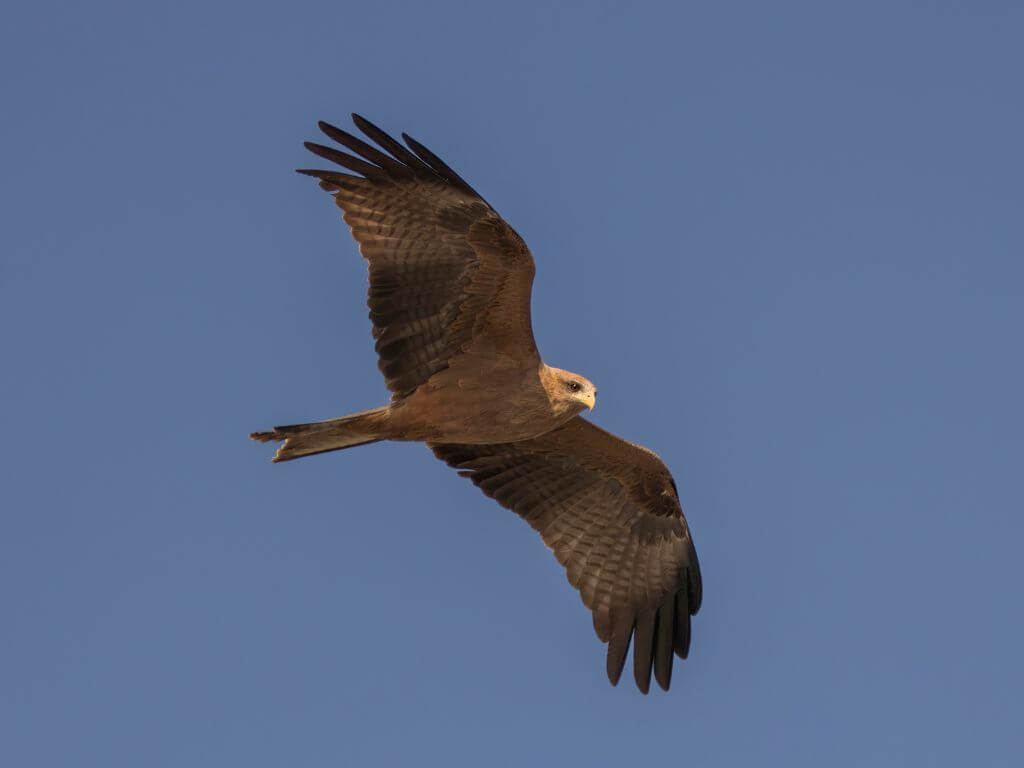
Steppe Buzzard – Medium-sized brown raptors from Eastern Europe, returning in October and perching on roadside poles or trees across the Highveld and Karoo. They often return to the same perches every year.
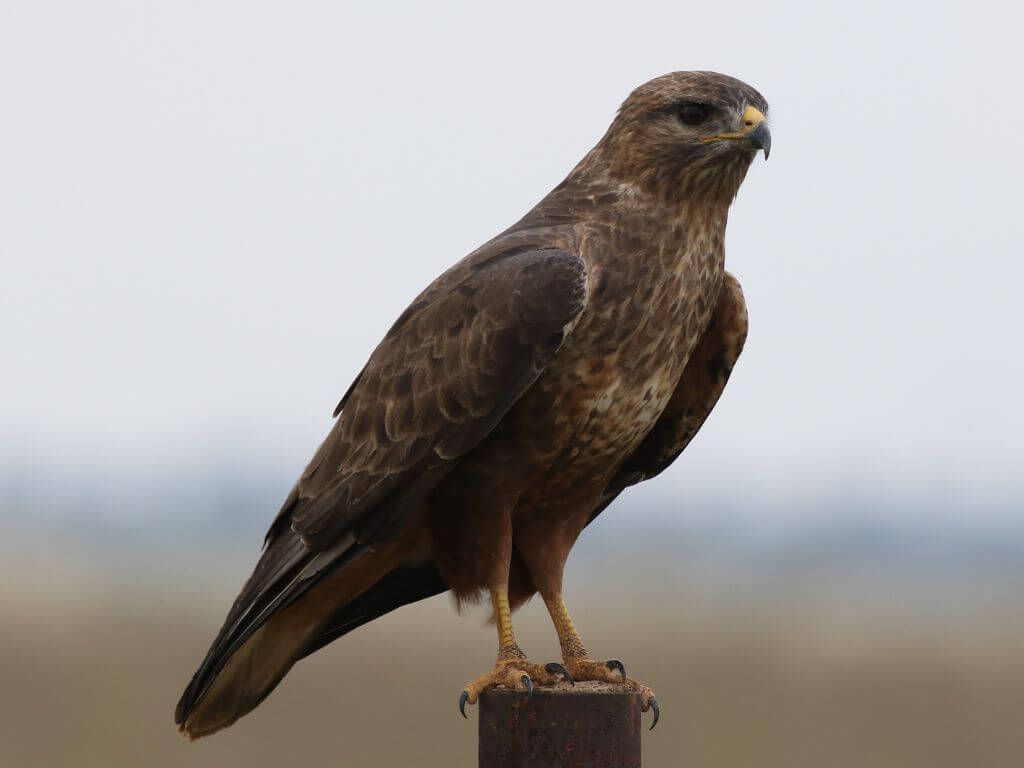
Diderick Cuckoo – A glossy green and white bird with bold markings and a high-pitched “dee-dee-deederik” call that gives it its name. They arrive in October, often heard before they’re seen in gardens, savanna trees, and wooded areas. Instead of building their own nests, females lay eggs in the nests of small birds like weavers and sunbirds, leaving them to raise their chicks.
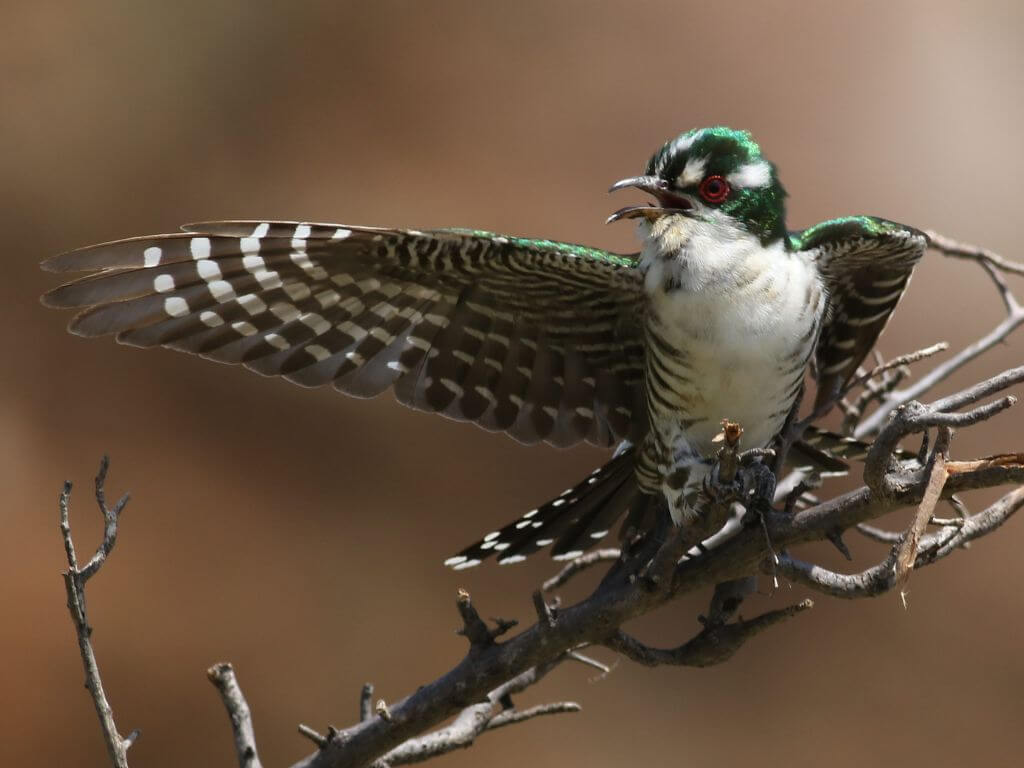
Lesser Kestrel – Pale brown falcons migrating from southern Europe to the Karoo and Northern Cape from November to March. They feed on grasshoppers and often gather in flocks, hovering gracefully above dry grasslands.
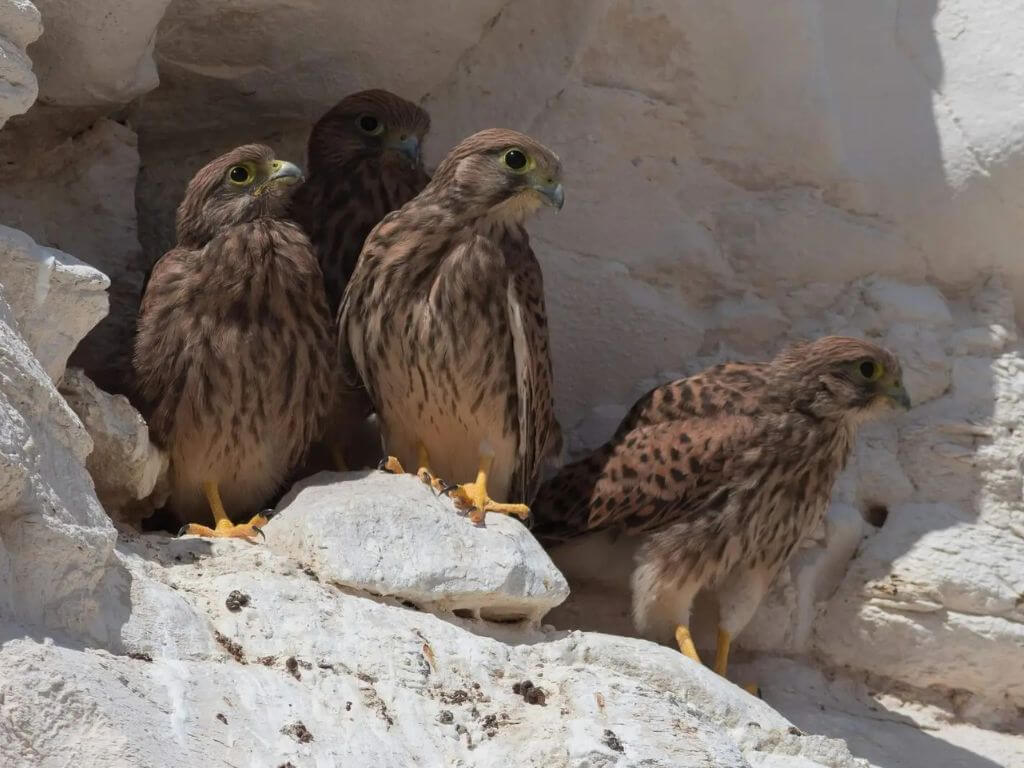
Broad-billed Roller – Striking blue and chestnut birds with orange bills, found in Limpopo and Mpumalanga woodlands during summer. Their name comes from their tumbling courtship flights, an unmistakable sight in the treetops.
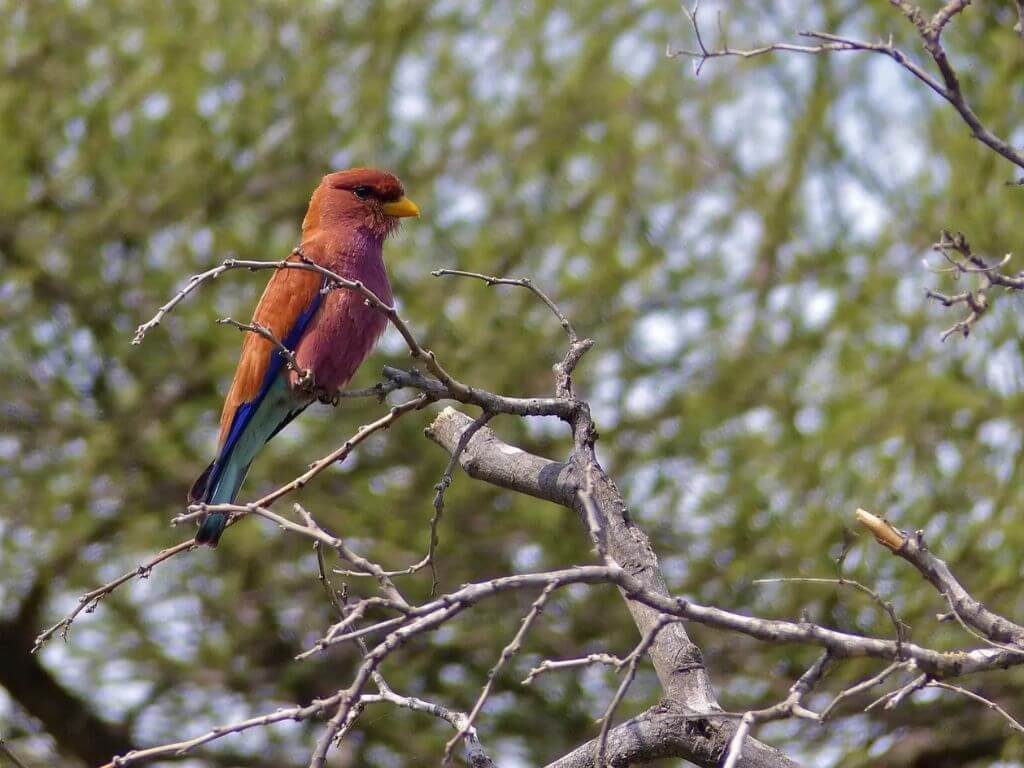
Grey Wagtail – A scarce migrant with a yellow belly and long tail, found near mountain streams and rivers in the Drakensberg and Western Cape. Arriving in November, they’re known for their constant tail-bobbing and energetic feeding along rocks.
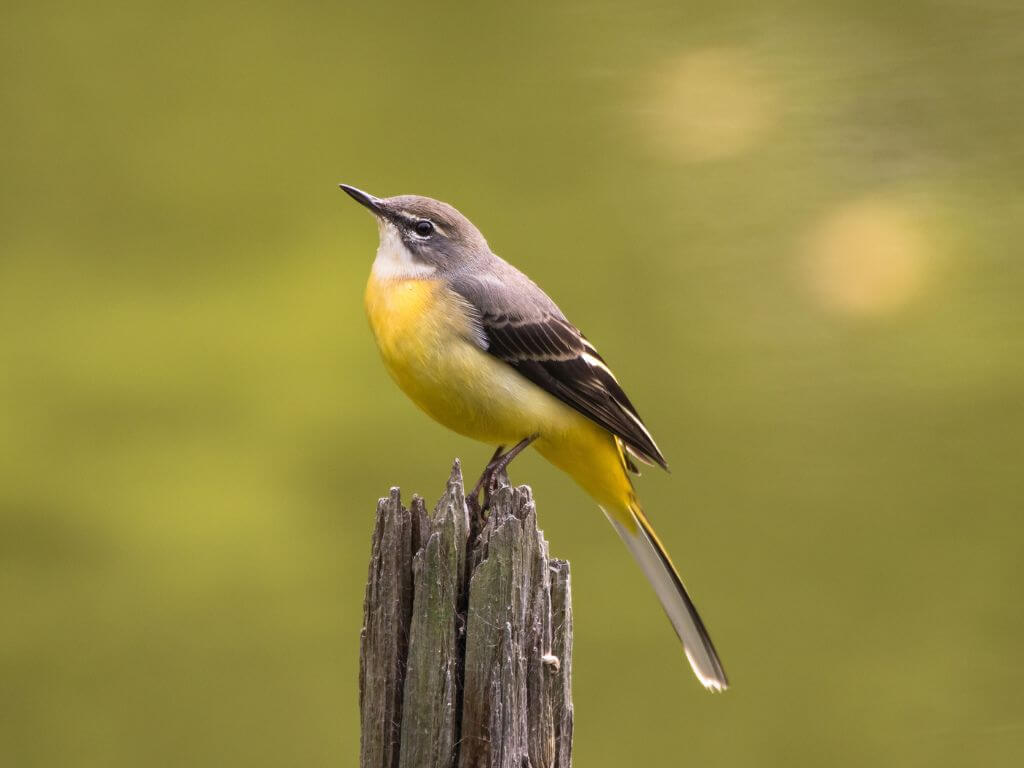
Where to look for South Africa’s summer migratory birds
You don’t have to travel far. Many migratory birds visit gardens, especially those with water, trees, and feeding spots.
- Wetlands and rivers attract waders, bee-eaters, and kingfishers.
- Grasslands host Amur Falcons and swallows.
- Coastal areas are perfect for terns, waders, and sandpipers returning from the northern hemisphere.
Create a welcoming environment by keeping your bird feeders and water sources clean and full, or by planting indigenous trees and shrubs that offer shade, food, and perches.
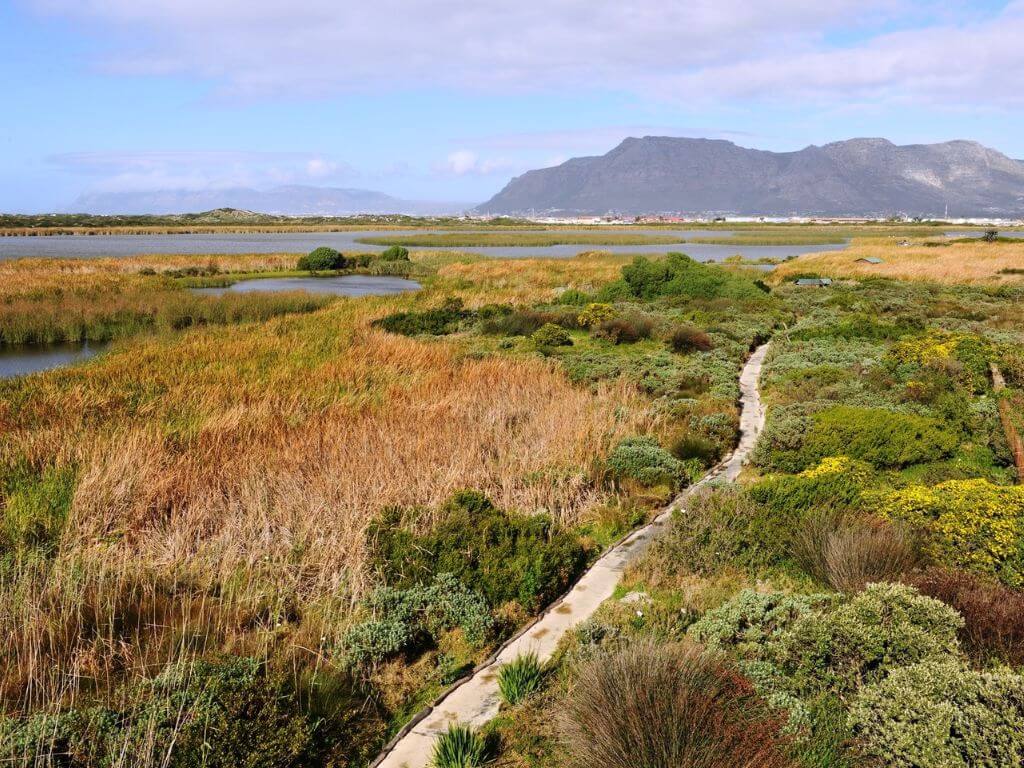
How to tell a migrant from a local
Migratory birds often appear suddenly, sometimes in large groups, and disappear just as quickly after summer. They may show different plumage, new songs, or unfamiliar feeding patterns. For example, a Barn Swallow’s long forked tail sets it apart from local swifts, while European Bee-eaters display brighter colours than resident species like the Little Bee-eater.
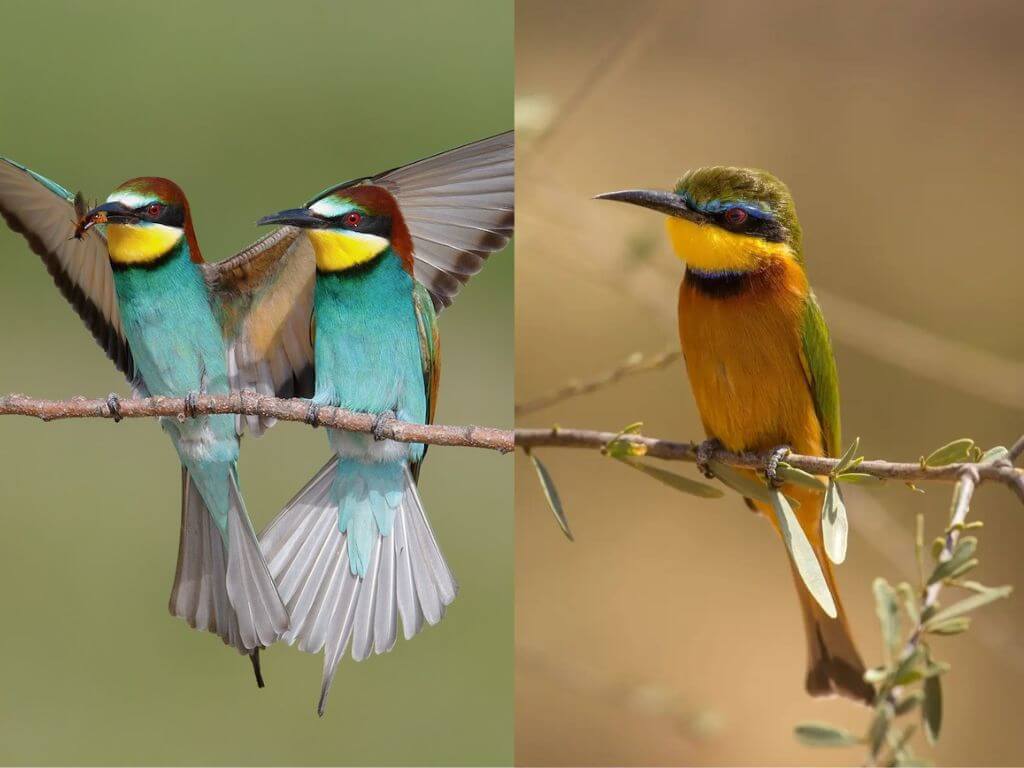
What migratory birds eat and how to support them
Most migratory birds rely on insects, such as dragonflies, flying ants, and mosquitoes, which are plentiful in South Africa’s warm months. Others, like the Amur Falcon, hunt small prey mid-flight. You can support their feeding by:
- Keeping pesticide use to a minimum
- Providing fresh water for drinking and bathing
- Growing insect-attracting plants like salvias, wild basil, and indigenous grasses
You can also supplement local species that share their space with migratory visitors by offering Westerman’s wild bird seed or suet balls during dry spells.
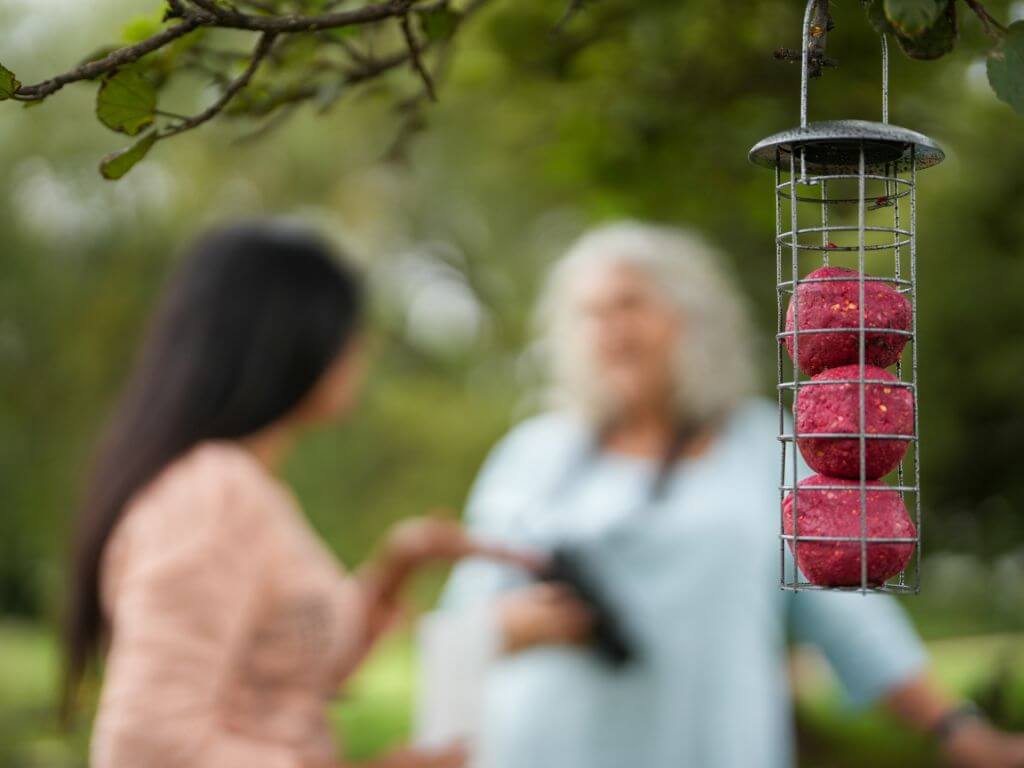
Fun facts about long-distance flyers
- The Amur Falcon holds the record for the longest sea crossing by a raptor, flying non-stop over the Indian Ocean.
- The Barn Swallow can travel up to 200 km a day during migration.
- The European Bee-eater removes bee stings by rubbing the insect on a branch before eating.
- Steppe Buzzards often use the same migration routes and resting spots year after year.
- Some species, like the Common Cuckoo, migrate entirely alone, guided only by instinct.
- Yellow-billed Kites are so adaptable that they can be seen gliding over cities, game reserves, and even coastlines.
How to record your sightings
Join the birding community by recording what you see on apps like BirdLasser or eBird, both of which contribute valuable data to BirdLife South Africa and global conservation efforts. Even common sightings help researchers track changes in migration timing, numbers, and habitat use.
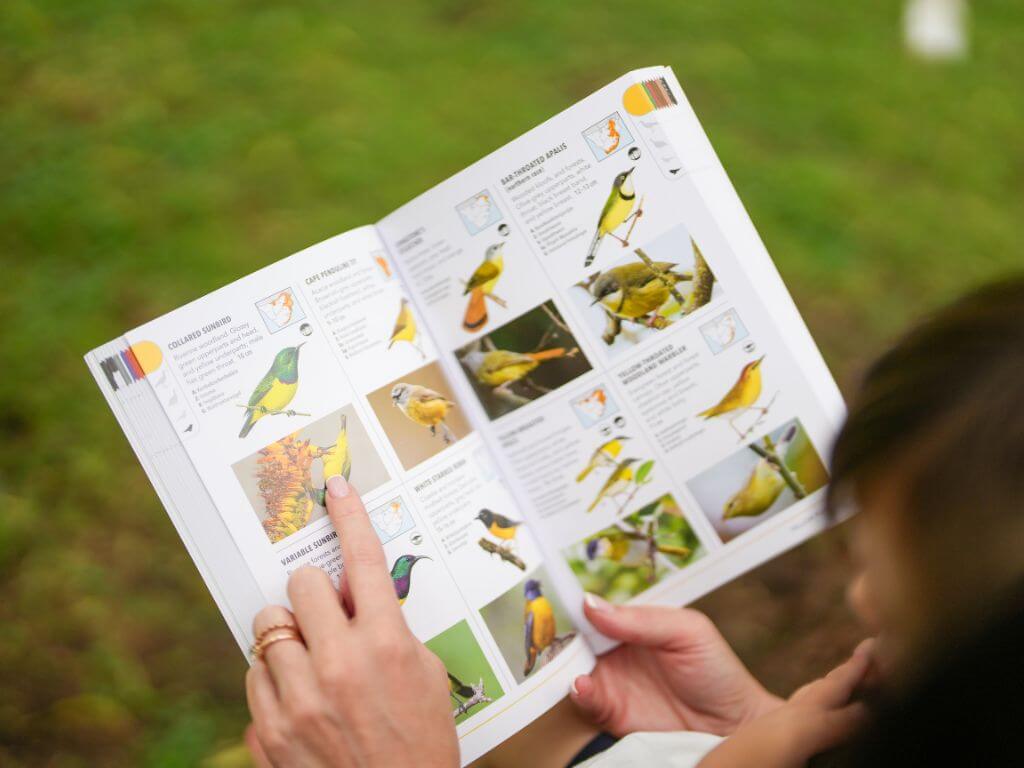
Encouraging migratory birds into your space
You can make your garden a safe stopover for South Africa’s summer migratory birds. Offer clean birdbaths, Westerman’s feeders, and indigenous plants for cover. Reduce glass reflections, keep cats indoors during nesting season, and avoid trimming trees when birds are breeding. Small changes help ensure their long journeys end in safety.
Support conservation: BirdLife South Africa’s Bird of the Year
The elegant Black Harrier, with its striking black-and-white plumage and sweeping low flight, has been named BirdLife South Africa’s Bird of the Year for 2026. Endangered and highly nomadic, this raptor can be spotted anywhere from Langebaan to Lesotho, depending on the season. Thanks to the work of the Black Harrier Task Force, we continue to learn more about its habits and conservation needs.
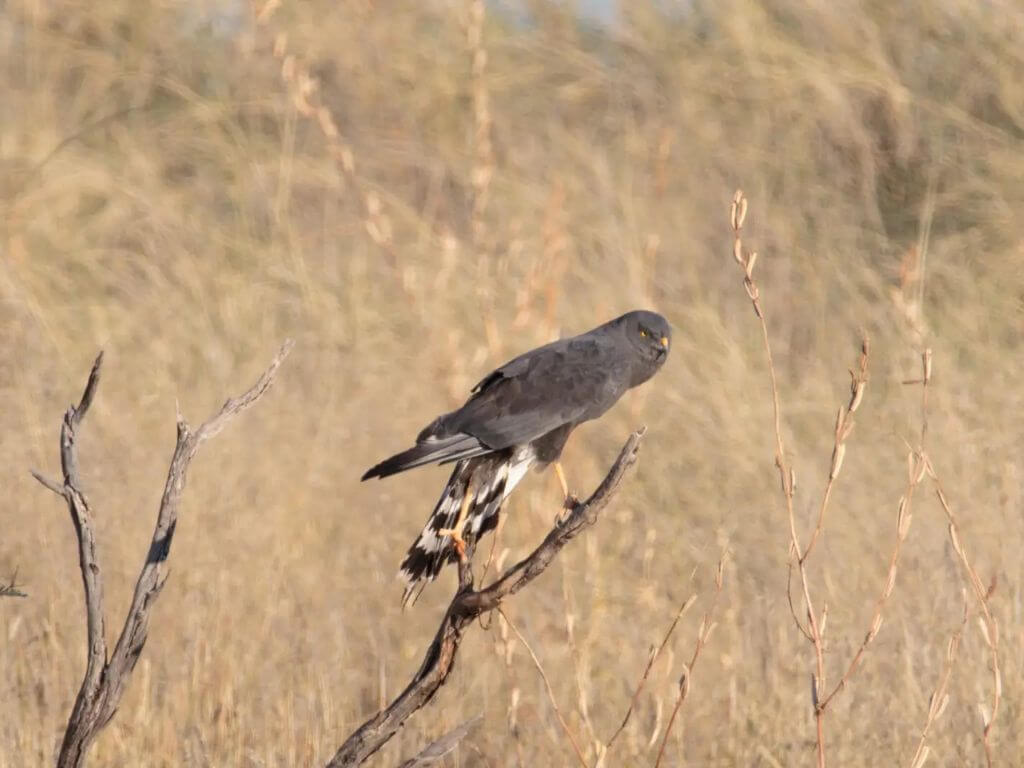
Related reads from the Westerman’s blog
- Your Guide to South African Birds
- Birding 101: How to Start Your Beginner Birding Journey
- What Type of Feeder Attracts the Most Birds
Discover more daily birding facts and ideas on our Facebook and Instagram pages.